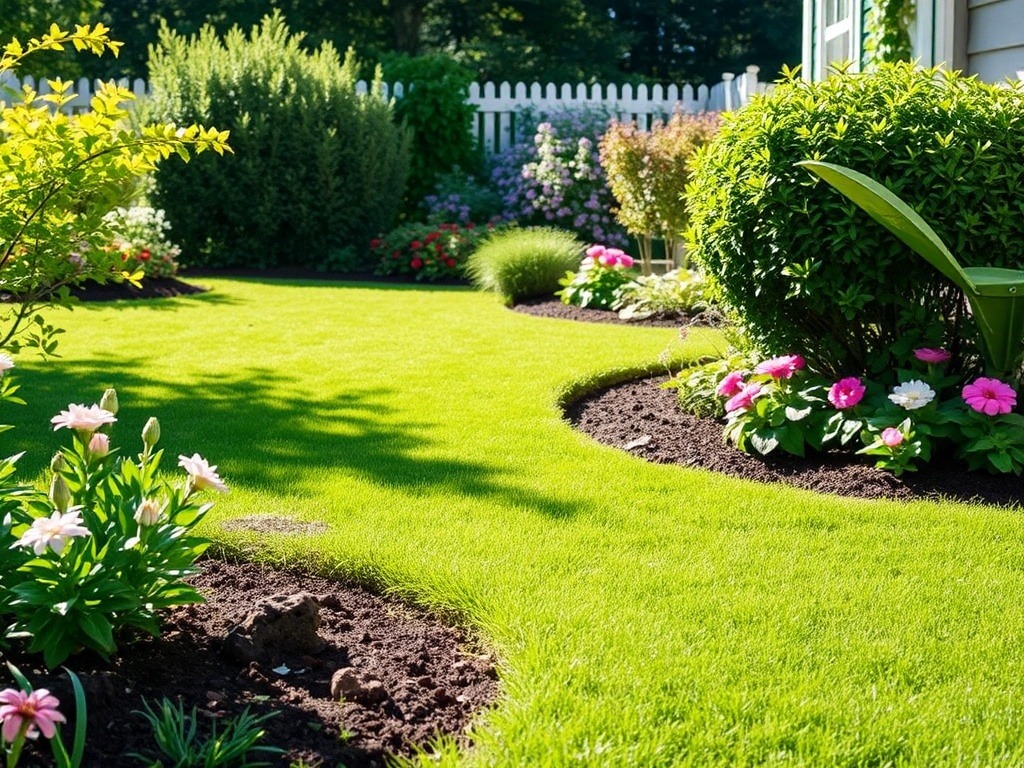A Targeted Approach Begins with Observation
Every garden faces its own set of challenges. From chewed leaves and missing vegetables to strange holes in the lawn, the signs of wildlife activity can vary depending on location, season and layout. The most effective pest management strategies begin not with traps or deterrents, but with careful observation. Understanding which animals are visiting, when they appear and what attracts them is the foundation for making informed decisions.
Companies like Guarantree offer practical solutions for managing garden pests, but these should always be chosen with a clear understanding of the problem at hand. A generalised approach risks being ineffective or causing harm to unintended species, so taking the time to properly identify the source of damage is key.
Prevention is Often Better than Removal
Stopping animals from accessing food or shelter in the first place is far easier than dealing with them once they’ve made themselves at home. Small habits—like sealing bin lids, storing pet food indoors and cleaning up fallen birdseed—can dramatically reduce the appeal of your garden to opportunistic visitors.
Structural maintenance matters too. Gaps in fences, damaged vents or overgrown hedges create perfect hiding spots and entry points. Regularly checking the perimeter and patching up weak areas prevents problems from escalating. These simple, often overlooked tasks form the backbone of long-term pest control and reduce the need for more direct intervention.
Choosing the Right Tools for the Job
When animals continue to cause damage despite prevention efforts, it may be necessary to take further steps. Choosing the right tools depends entirely on the situation. Motion-activated sprinklers can startle larger pests like foxes, while ultrasonic deterrents work better in small enclosed spaces.
For more persistent issues—such as squirrels nesting in lofts or repeatedly damaging trees—humane trapping may be the most effective option. In these cases, select well-designed traps that meet welfare standards, and always follow local regulations about release or relocation. A targeted, ethical approach ensures that you solve the problem without compromising animal welfare.
Avoiding Common Mistakes
Many well-meaning gardeners inadvertently worsen pest problems by acting too quickly. Placing traps without identifying the species, using harsh chemical deterrents, or sealing off active nests can lead to unintended consequences. Poor placement, incorrect bait or illegal handling methods may also break regulations and cause distress to wildlife.
To avoid these pitfalls, it’s important to treat pest management as a process, not a one-off task. Combine observation, prevention, and action, always adjusting based on results. If a particular method doesn’t work, reassess rather than doubling down. The goal isn’t to eliminate all wildlife, but to protect your space while allowing nature to continue where it causes no harm.
Garden Health Depends on Balance
Wildlife plays a valuable role in most outdoor spaces. Birds control insect populations, hedgehogs reduce slugs and even squirrels contribute to seed dispersal. An effective pest management plan should aim to discourage destructive behaviour while preserving these natural benefits.
By building a strategy rooted in knowledge, consistency and respect for the environment, you can enjoy a thriving garden without constant disruption. The most successful outcomes are often the quietest—where pests are deterred, damage is minimal and the garden remains a place for both people and wildlife to coexist peacefully.

















